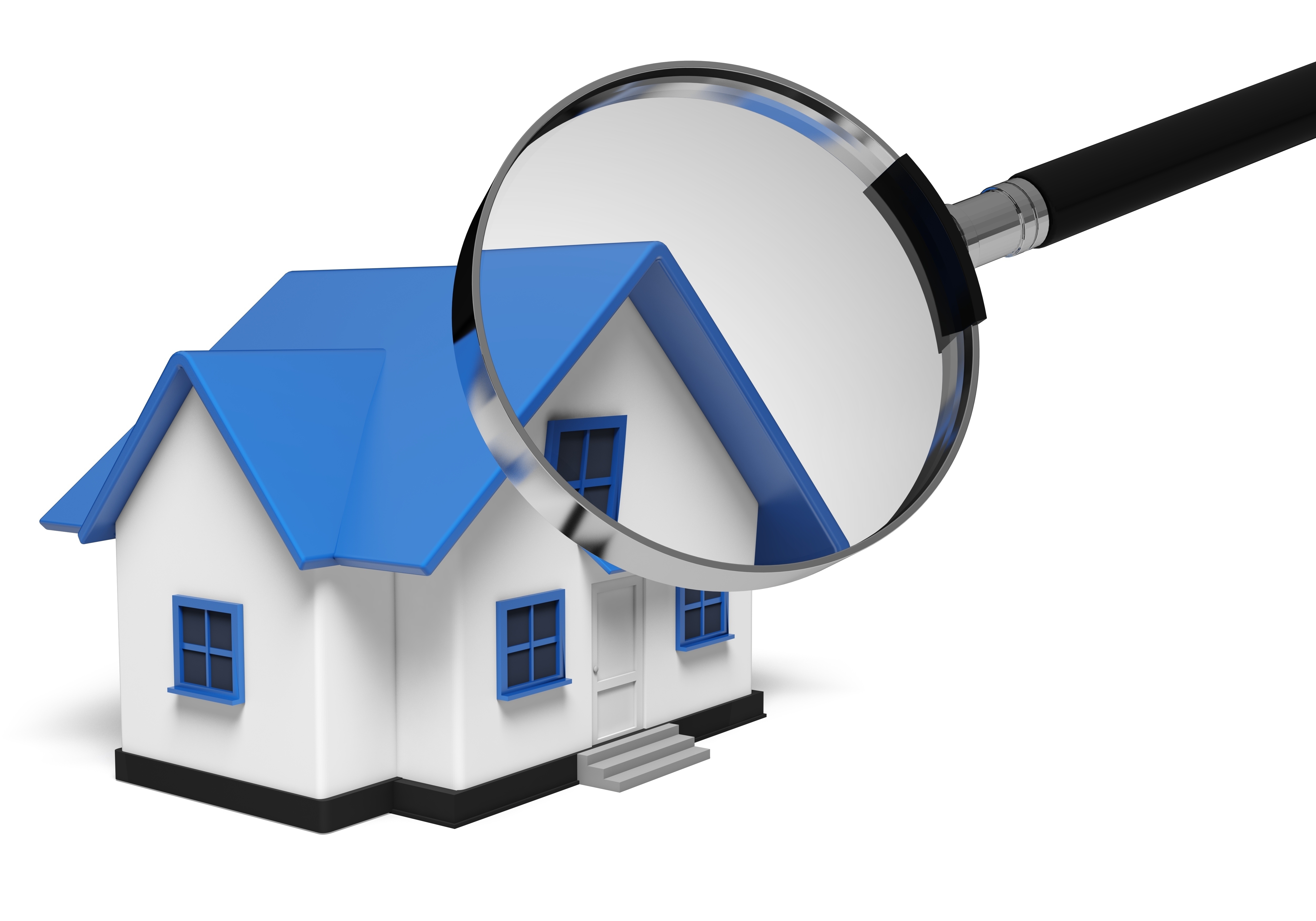
What Goes Into an Appraisal?Getting real estate can be the most important transaction some of us may ever consider. It doesn't matter if where you raise your family, a seasonal vacation home or one of many rentals, the purchase of real property is an involved transaction that requires multiple parties to pull it all off. The majority of the people participating are quite familiar. The real estate agent is the most recognizable face in the transaction. Then, the lender provides the financial capital needed to bankroll the exchange. And the title company ensures that all aspects of the sale are completed and that the title is clear to pass to the buyer from the seller. So, who makes sure the property is worth the amount being paid? This is where you meet the appraiser. We provide an unbiased estimate of what a buyer might expect to pay — or a seller receive — for a parcel of real estate, where both buyer and seller are informed parties. A licensed, certified, professional appraiser from Tricia Chenault will ensure, you as an interested party, are informed. The inspection is where an appraisal startsOur first task at Tricia Chenault is to inspect the property to determine its true status. We must see aspects of the property hands on, such as the number of bedrooms and bathrooms, the location, amenities, etc., to ensure they indeed are present and are in the shape a reasonable person would expect them to be. To ensure the stated square footage has not been misrepresented and describe the layout of the home, the inspection often includes creating a sketch of the floorplan. Most importantly, the appraiser identifies any obvious amenities - or defects - that would affect the value of the property. After the inspection, an appraiser uses two or three approaches to determining the value of real property: paired sales analysis and, in the case of a rental property, an income approach. 
Replacement CostHere, we gather information on local construction costs, the cost of labor and other factors to derive how much it would cost to build a property comparable to the one being appraised. This value usually sets the maximum on what a property would sell for. The cost approach is also the least used method. 
Sales ComparisonAppraisers become very familiar with the communities in which they appraise. They thoroughly understand the value of certain features to the homeowners of that area. Then, the appraiser researches recent sales in close proximity to the subject and finds properties which are 'comparable' to the property at hand. By assigning a dollar value to certain items such as fireplaces, room layout, appliance upgrades, additional bathrooms or bedrooms, or quality of construction, we adjust the comparable properties so that they are more accurately in line with the features of subject.
An opinion of what the subject could sell for can only be determined once all differences between the comps and the subject have been evaluated. At Tricia Chenault, we are an authority when it comes to knowing the worth of real estate features in Mansfield and Tarrant County neighborhoods. This approach to value is commonly given the most importance when an appraisal is for a real estate sale. Valuation Using the Income ApproachA third way of valuing a property is sometimes applied when a neighborhood has a reasonable number of rental properties. In this scenario, the amount of income the property produces is taken into consideration along with income produced by neighboring properties to derive the current value. ReconciliationCombining information from all applicable approaches, the appraiser is then ready to put down an estimated market value for the property in question. It is important to note that while the appraised value is probably the strongest indication of what a house is worth, it may not be the price at which the property closes. Depending on the specific situations of the buyer or seller, their level of urgency or a buyer's desire for that exact property, the closing price of a home can always be driven up or down.But the appraised value is typically used as a guideline for lenders who don't want to loan a buyer more money than the property is actually worth. It all comes down to this, an appraiser from Tricia Chenault will help you get the most accurate property value, so you can make wise real estate decisions. |